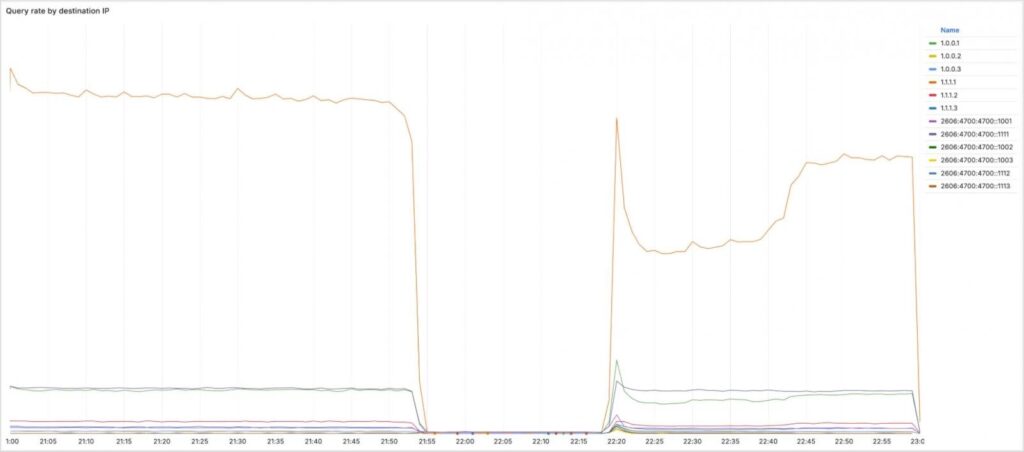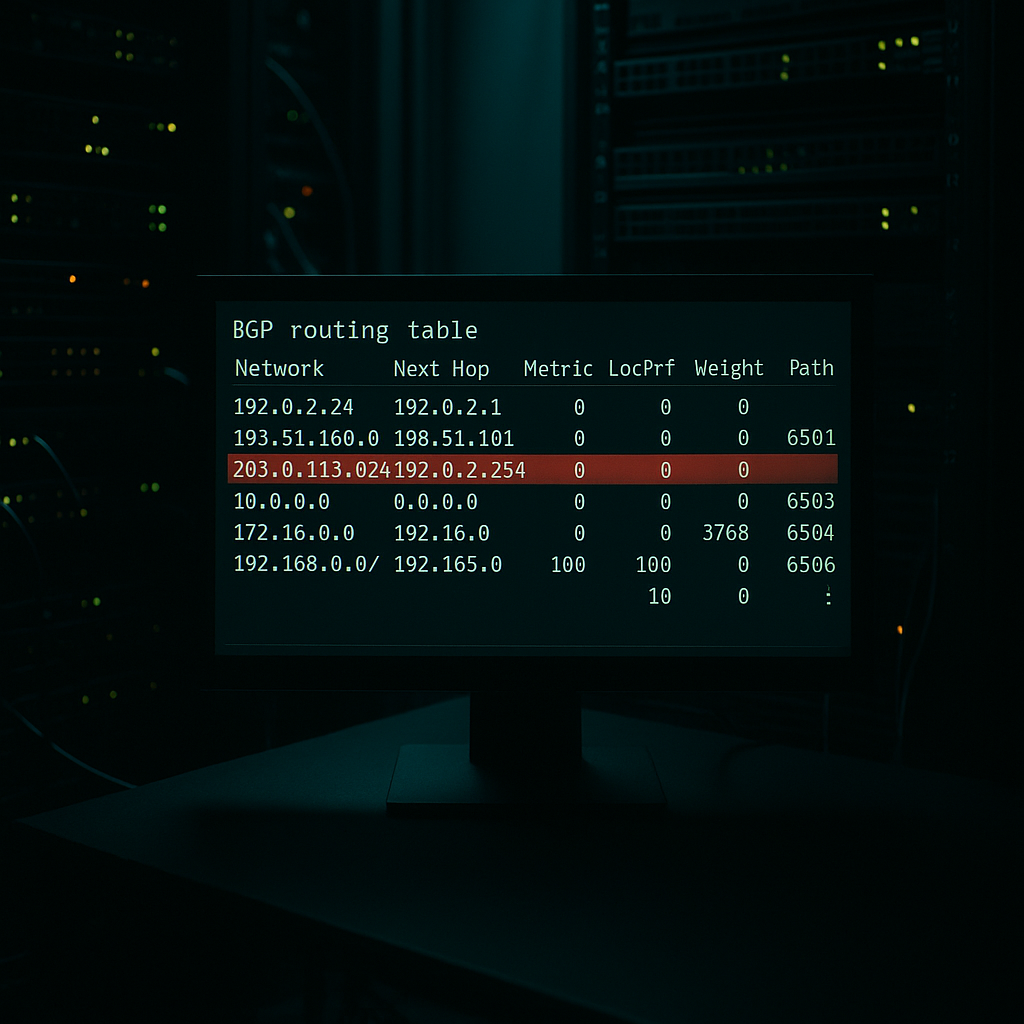On July 17, 2025, a sophisticated Cloudflare BGP hijack attempt aimed to divert cryptocurrency transaction traffic to dark web servers. Though thwarted, the incident exposed vulnerabilities in internet routing that threaten blockchain security. This article breaks down the attack, its potential impact, and practical steps for crypto investors to safeguard their assets.
How the Hijack Targeted Crypto
The Cloudflare BGP hijack attempt, reported on X, targeted Cloudflare’s 1.1.1.1 DNS resolver, a critical service for routing internet traffic. Attackers, likely tied to dark web groups, announced false BGP routes for Cloudflare’s IP prefix (1.1.1.0/24), aiming to redirect crypto wallet traffic to malicious servers. Similar to the 2018 MyEtherWallet hijack, which stole $152,000 in crypto, this attack sought to intercept unencrypted wallet connections Cloudflare. Cloudflare’s RPKI validation and quick response halted the hijack, but not before brief disruptions hit users in Europe and Asia th4ts3cur1ty.
Dark web forums advertised tools for exploiting BGP flaws, with one post offering access to hijacked routes for $5,000 in Bitcoin. The attackers exploited BGP’s lack of built-in authentication, a known issue since the 2014 Bitcoin mining pool heist that netted $83,000 WIRED. A UK crypto trader nearly lost $20,000 when his wallet app briefly connected to a fake server, highlighting the real-world stakes. Such attacks thrive on misrouting traffic to steal sensitive data or alter transactions.

Outage impacting key IP ranges (Source: Cloudflare)
Why Blockchain Security Is at Risk
The Cloudflare BGP hijack underscores a critical threat to blockchain networks. BGP hijacks can redirect crypto transactions to rogue servers, enabling man-in-the-middle attacks that alter wallet addresses or steal private keys. Chainalysis reported a 30% rise in crypto-related routing attacks in 2025, costing $1.2 billion Chainalysis. Unlike traditional hacks, these don’t need malware—just control over a rogue network.
For investors, the risks are stark. A hijacked transaction could send funds to an attacker’s wallet, with no recovery possible due to blockchain’s irreversibility. Businesses using crypto for payments, like a Miami retailer hit during the attempt, faced delayed transactions and lost trust. The 2022 Celer Bridge hijack and the Bitget Wallet phishing scam, which drained $6.3M in July 2025, both show how fast crypto-related losses can mount due to evolving attack methods. The incident also fuels dark web markets, where stolen crypto funds ransomware and fraud.
The attack’s global reach—spanning 222 countries, per Cloudflare Radar—shows its scale. Even HTTPS-protected wallets aren’t immune if users ignore certificate warnings, a common oversight during brief hijacks. This incident, though contained, signals a growing trend of routing-based crypto theft.
Securing Your Crypto Assets
Crypto investors can protect against Cloudflare BGP hijack threats with proactive measures. Use hardware wallets like Trezor to store private keys offline, minimizing exposure to routing attacks. Always verify wallet addresses manually before sending funds, and enable multi-signature wallets for high-value transactions. Browser extensions like HTTPS Everywhere can enforce secure connections, reducing risks from fake servers.
For businesses, deploy DNSSEC to validate domain resolutions, countering BGP misrouting. Monitor network traffic with tools like ThousandEyes, which flagged the July 14 attempt early ThousandEyes. Avoid public Wi-Fi for crypto transactions, as it amplifies hijack risks. The 2023 Balancer incident showed how DNSSEC and vigilant monitoring stopped a similar attack SlowMist. Check your ISP’s RPKI adoption at isBGPSafeYet.com to ensure route validation Cloudflare.
Investors should also use blockchain explorers like Etherscan to confirm transaction details. Enable 2FA on exchange accounts, preferably with authenticator apps, not SMS. Regular audits of wallet activity can catch anomalies fast. Staying cautious prevents losses in a world where routing attacks are evolving.
The Cloudflare BGP hijack attempt of July 17, 2025, reveals how dark web actors exploit internet routing to target crypto assets.





